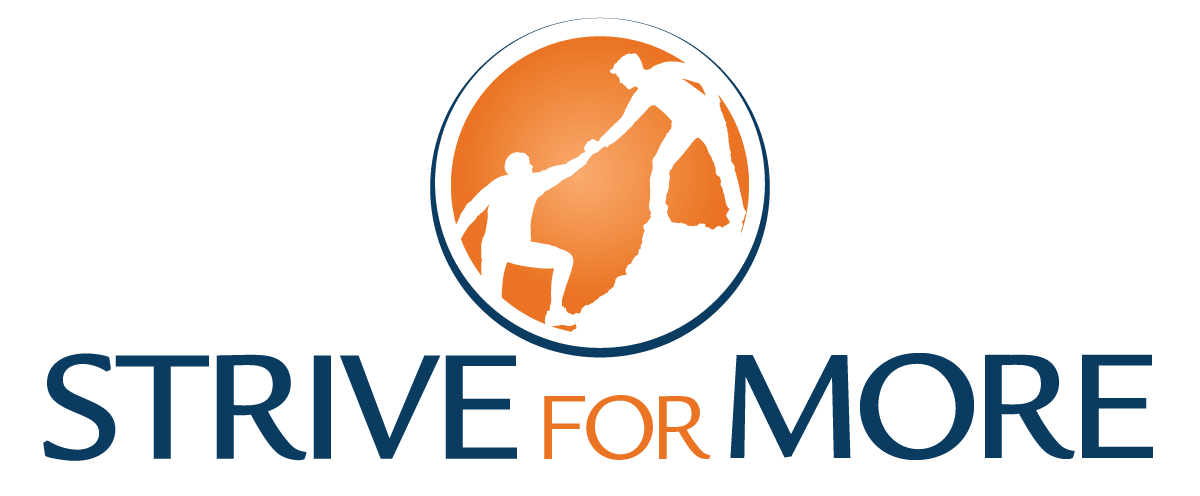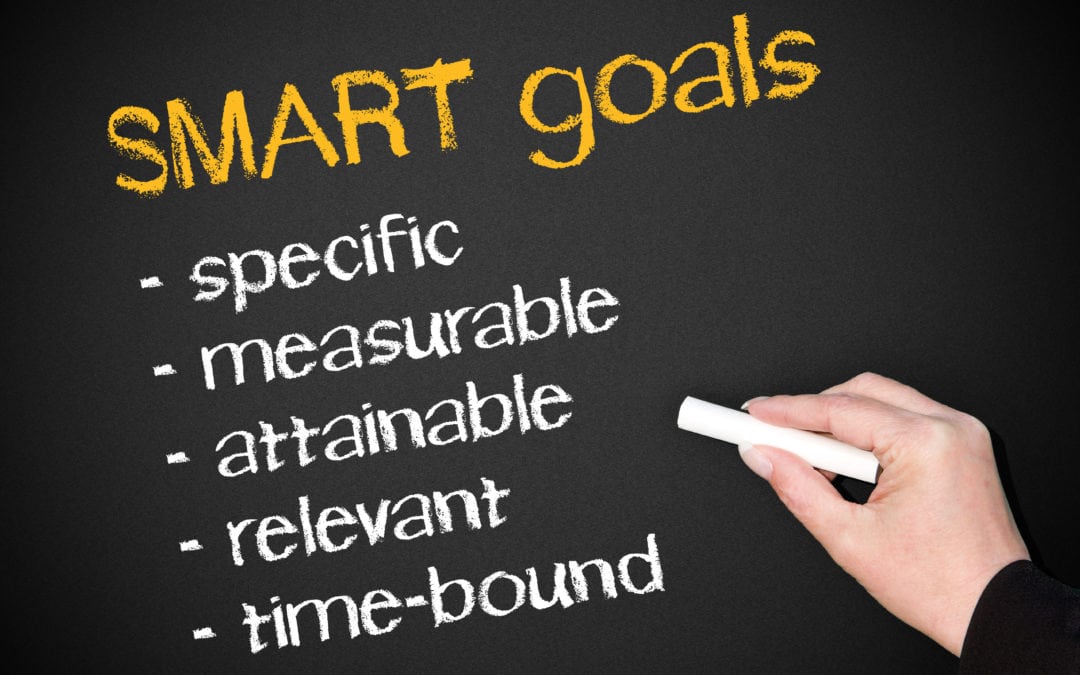Edwin Locke and Gary Latham pioneered the scientific inquiry into goal setting. They state a person’s values drive their vision of themselves (emotions and desires), which in turn drives their goals, which inspire behavior change through four factors:
- Directed attention – towards relevant activities;
- Mobilized effort – difficult goals inspire an increase in effort;
- Persistence – difficult goals increases the time spent towards achieving a goal; and
- Strategy – use of known methods and the development of new methods to achieve the goal.
In addition, Locke and Latham provide there are five moderators which determine a goal’s effectiveness for changing one’s behavior, which are:
- Goal commitment – higher commitment to a goal produces higher achievement of the goal;
- Feedback – feedback on the progress of achieving a goal is beneficial to achieving the goal;
- Task complexity – short term learning goals are best for novice goal setters while complex performance goals are best for experienced goal setters;
- Situational constraints – greater resource availability produces higher goal achievement; and
- Goal framing – writing the wording of a goal as a challenge produces higher goal achievement.
SMART goals contain Locke and Latham’s five goal moderators and help create behavior change through the four factors outlined by Locke and Latham.
SMART stands for:
S – Specific
M – Measurable
A – Attainable
R – Relevant
T – Time Bound
The specificity of a SMART goal creates a focused target for a person to shoot for; the measurability of a SMART goal provides feedback on a person’s progress towards achieving their goal; the attainability of a SMART goal supports a person’s belief in being able to achieve the goal; the relevancy of a SMART goal is linked to the desired change a person wants to achieve; and the timeliness of a SMART goal provides increased motivation for a person to achieve the goal.
For example, if you have an overarching goal of getting in better shape but cannot seem to find the time to exercise, you could try using a SMART goal to direct your attention, mobilize your effort, create persistence, and develop a plan of action to achieve your goal. Specifically, you could reframe your goal to be:
I will go to the gym for one hour two times a week for the next month to increase my strength by lifting weights.
The new version of the goal is specific by denoting the time spent at the gym, the number of days a week spent at the gym, and the type of exercise you will engage in while at the gym. In addition, the goal is measurable by defining the desire to increase strength which can be measured at the beginning of the month and the conclusion of the month through the number of repetitions you can complete with the same weight. Moreover, the goal is attainable as it is within reason to set aside two hours a week for physical activity, and it is relevant to the overarching desired change as it will assist with increasing a person’s fitness level. Lastly, the goal is time bound by defining the number of weeks the goal is to last for, one month.
Try crafting your own smart goals and create your path towards success.
References
Muth, N. D., & Green, D. J. (Eds.). (2014). Coaching Behavior Change. San Diego: American Council on Exercise.

